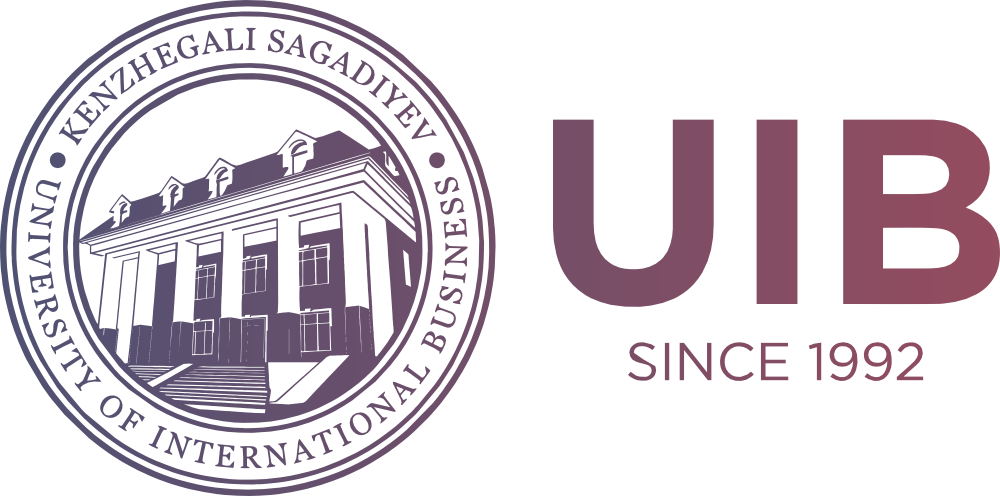Mechanisms for Overcoming Intellectual Inequality of Regions of Kazakhstan
DOI:
https://doi.org/10.47703/ejebs.v4i66.212Keywords:
Intellectual Potential, Region, Ranking, InequalityAbstract
The possibilities of human intelligence are endless. In recent years, in Economic Research, much attention has been paid to human capital, human resources, a new technological era, a new socio-economic structure, rapid development, the main driving force of which is man and his knowledge. In developed countries, it sets itself the goal of achieving economic efficiency, focusing on the problems of education, intelligence, intellectual potential of the population. Many invest in the development of the nation's mind from an economic point of view, in itself the intellectual potential of human capital, the resources spent are returned by new discoveries in Science, new technologies in industry and the growth of the country's GDP. Unlike other developed countries, Kazakhstan does not have full intellectual potential. The intelligence of human capital does not use its full potential for the development of the country's economy. Therefore, in recent years, attention has been paid to the intellectual potential of the nation and the intellectual potential in the regions, the intellectual potential among young people. There is no consistency and scientific validity in the effective use and management of intellectual resources of the state and regions. That is why the study of the issue raised is relevant. The purpose of the study is to discuss the level of intellectual potential and propose mechanisms for eliminating inequality in the regions. In the course of the study, methods of deduction, induction, synthesis, analysis, integrated index assessment and ranking were used. The practical significance of the research results is explained by the fact that the mechanisms of intellectual potential can be used by public administration bodies, and the scientific significance can be a continuation of the topics of research of intellectual potential.
Downloads
How to Cite
Downloads
Published
Issue
Section
License

This work is licensed under a Creative Commons Attribution 4.0 International License.
Authors retain copyright and grant the journal right of first publication with the work simultaneously licensed under a Creative Commons Attribution (CC-BY) 4.0 License that allows others to share the work with an acknowledgment of the work’s authorship and initial publication in this journal.


